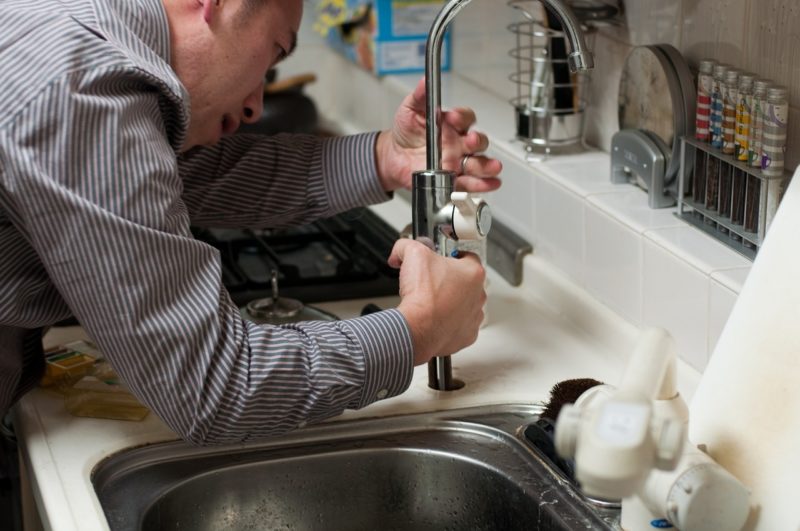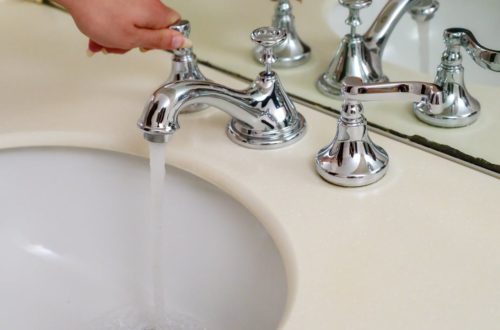7 Practical Tips for Common Plumbing Problems

Hey there, welcome to the ultimate guide for conquering those pesky plumbing issues that can throw a wrench into your day. From drippy faucets to stubborn clogs, dealing with plumbing problems is a rite of passage for homeowners.
But fear not! In this comprehensive guide, we’re diving deep into seven practical solutions to common plumbing problems, equipping you with the knowledge and tools to keep your home running smoothly and stress-free.
Leaky Faucets: Stop the Annoying Drip
Ah, the incessant drip-drip-drip of a leaky faucet – it’s enough to drive anyone crazy! Not to mention, it’s a waste of precious water. But fear not, fixing a leaky faucet is often easier than you think. Start by shutting off the water supply to the affected fixture, then disassemble the faucet and inspect the washers and O-rings for signs of wear or damage. Replacing these small components is usually all it takes to put an end to the drip and save water in the process.
Sump Pump Failure: Keeping Your Basement Dry
If you have a sump pump in your basement, it’s essential to ensure it’s in proper working condition, especially during heavy rainfall or snowmelt. Start by checking the pump for any signs of damage or corrosion and clean the intake screen to prevent clogs. Test the pump by pouring water into the sump pit and monitoring its operation. If you notice any issues, such as unusual noises or failure to pump water, it may be time to repair or replace the pump. Keep in mind, though, that this and countless other home systems come in smart varieties. A greater level of household automation can make your life a lot easier.
Water Heater Woes: Ensure a Steady Supply of Hot Water
Running out of hot water mid-shower is quite the annoyance. If you’re experiencing water heater issues, don’t panic – there are a few things you can try before calling in the pros. Start by checking the thermostat settings and adjusting them if necessary. You can also inspect the heating element or pilot light for signs of malfunction and replace them if needed. If you suspect you are dealing with more serious problems, be sure to reach out to experienced hot water systems professionals. But, for a start, you can mitigate the problem by flushing the water heater tank to remove sediment buildup can also improve its efficiency and extend its lifespan.
Running Toilets: Put an End to the Constant Flow
Is your toilet running? Well, you better go catch it – and fix it! A running toilet not only wastes water but can also drive up your water bill. Luckily, fixing this issue is often a straightforward DIY task. Start by inspecting the toilet’s flapper valve and chain to ensure they’re functioning properly. If they’re worn or misaligned, replacing them is a quick and inexpensive fix. You can also check the toilet’s fill valve and adjust the water level to prevent continuous running.
Clogged Drains: Say Goodbye to Standing Water
Whether it’s a slow-draining sink or a shower that’s threatening to flood the bathroom, dealing with clogged drains is a common household headache. But fear not, there are several tricks you can try to clear the blockage and restore proper drainage. Grab a plunger and give it a good plunge, or try using a drain snake to physically remove the clog. For a more natural approach, pour a mixture of baking soda and vinegar down the drain, followed by hot water. With a little persistence, you’ll have that water flowing freely in no time.
Low Water Pressure: Boost Your Flow
There’s nothing more frustrating than a weak trickle of water when you’re trying to take a shower or wash the dishes. Low water pressure can be caused by a variety of factors, from mineral buildup in your faucets and showerheads to issues with your home’s main water supply. Start by cleaning your fixtures to remove any obstructions, then check for leaks or blockages in your water supply lines. With a little detective work, you’ll have that water pressure back to normal in no time.
Frozen Pipes: Thawing Out the Ice
Frozen pipes are every homeowner’s worst nightmare, but don’t panic – there are steps you can take to thaw them out safely. Start by turning off the water supply to the affected area to prevent further damage. Then, use a hairdryer or heat gun to gently thaw the pipes, starting from the faucet and working your way back. Applying heat evenly and gradually is key to avoiding cracks or leaks in the pipes. And remember, prevention is the best medicine – insulate your pipes before the cold weather hits to avoid future freezing.
Conclusion
By arming yourself with these practical tips and solutions, you’ll be well-equipped to tackle common plumbing problems like a pro. Remember, a little preventive maintenance goes a long way in keeping your home running smoothly and avoiding costly repairs down the line. So roll up your sleeves, grab your toolbox, and let’s get those pipes flowing freely once again!
Would you like to receive similar articles by email?





